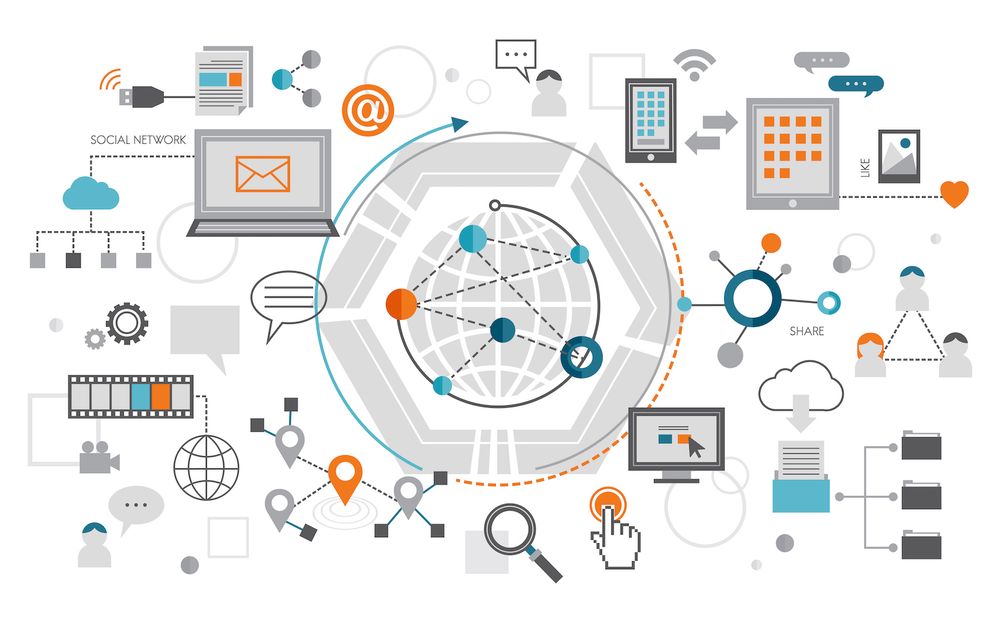How to Increase the Sales of Your Online Store by implementing Omnichannel Marketing
Omnichannel marketing (also called cross-channel marketing) is focused on delivering the same, consistent customized customers with a consistent experience across different channels, including the in-store customer experience for brick and mortar locations.
With an omnichannel marketing strategy, your business will be able to place ads on the shelves of customers for merchandise that is relevant to their interests and purchase history and shorten business to business sales procedures. Connecting prospective customers to the right products and offers increases the likelihood of conversions and improves the effectiveness of advertising expenditure.
What is the difference between omnichannel marketing than multichannel advertising?
It's likely that you're using a variety of channels in your marketing strategy. If you're still dependent on single channel campaigns, your first task will be to implement additional channels.
Multichannel marketing is different from an omnichannel strategy in the manner that your channels are integrated and cooperate to create a consistent and seamless customer experience regardless of which stage of the customer journey.
With multichannel marketing, each channel could be operating independently from the other. You might have a separate marketing division to manage each channel, and then analyze the ROIs for each channel separately. Campaigns may be more disconnected campaigns, each having their individual customer journeys. A customer could engage with any of these channels, and receive a treatment as if it was the first time that they've interacted with you.
In contrast the term "omnichannel marketing" refers to the integration and blending of your marketing strategy across different channels, which results in a better customer experience.
If you have a well-designed omnichannel strategy one can expect that a client who starts their buyer's journey through the use of a PPC ad, but doesn't buy anything after visiting your website will then be connected by other channels depending upon their initial interaction, and they will experience a consistent experience.
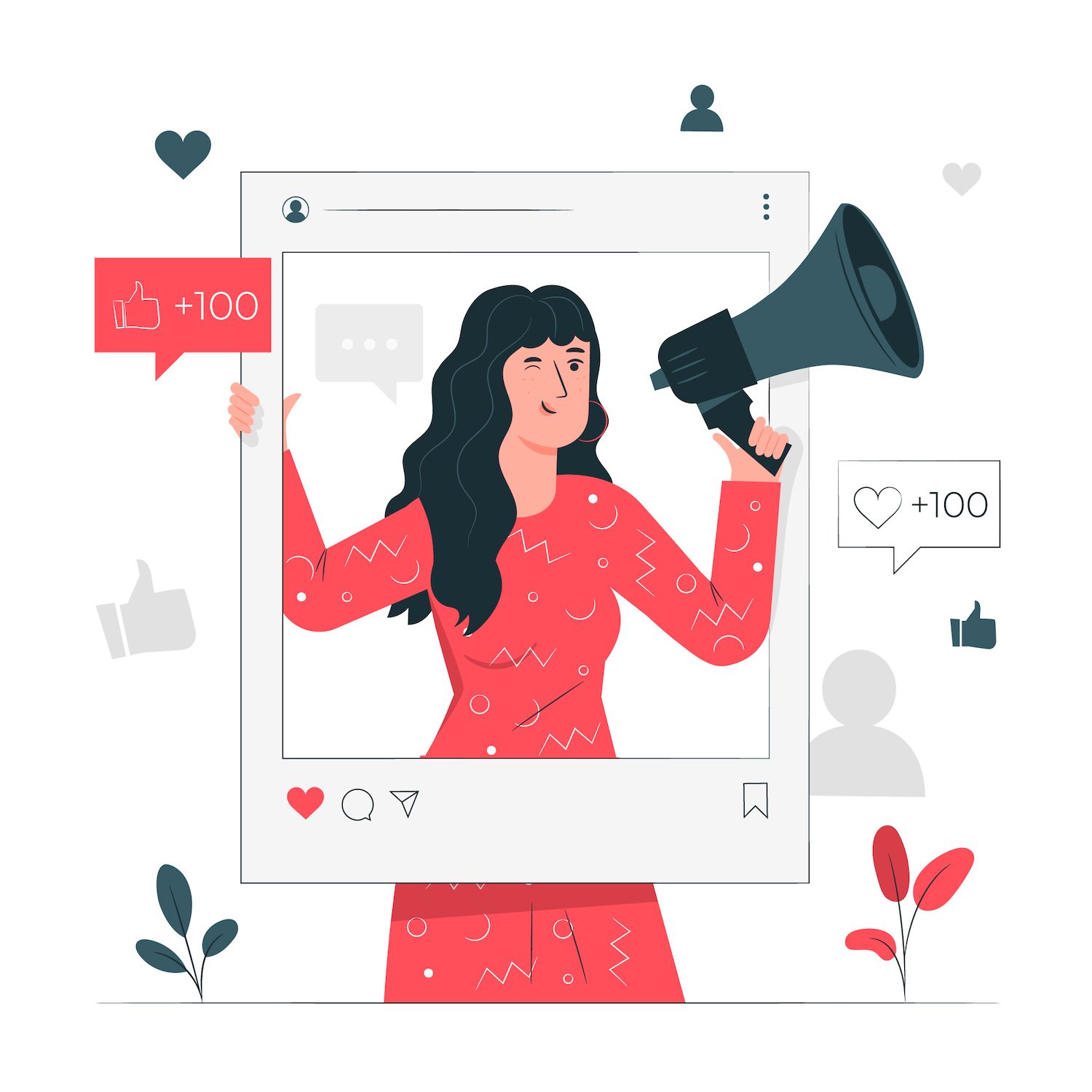
That could mean seeing advertisements on social media or display that are relevant to a first-time buyer, push notifications whenever they come back to your website, customized advertisements in video, or store offers that appeal to them.
We've all seen examples of omnichannel marketing in the form of.
If you decide to click on a social media ad to sign-up to receive a coupon from the site of the retailer through an ad. If you do not buy the product, you might get an abandoned cart email offering a sale or you might continue to see display ads for the item on different digital channels.
If you decide to buy something then you'll likely get an email containing suggestions for other products that are similar and receive an announcement about sales in the near future. There may be an invitation with a message inviting customers to shop in store for a purchase, if the shop has brick and mortar outlets.
It's an omnichannel experience. It could involve a mix of both offline and online marketing and involves multiple interactions.
Do you think it's too difficult? But the good news is that you don't have to shell out a large sum of money or dedicate a whole staff to devise a minimalist but effective Omnichannel Marketing Strategy for your business.
Omnichannel marketing has many benefits for businesses and customers
An omnichannel strategy for marketing provides a number of advantages over multichannel marketing -- for your business and for your customers. These are the most important:
It's more cost efficient
In the case of businesses, omnichannel marketing saves money because it's more effective. Instead of putting together separate campaigns for social media, direct mail as well as PPC, you'll be able to design a single one that you can use it on all your online and offline channels.
More than just another campaign, you'll be employing automated marketing that responds based on how existing or potential customers react to your marketing.
Instead of having to keep making new offers the omnichannel model seeks for a range of options based on the specific situation.
Imagine two potential customers who are both exposed to the same ad. One of them buys, and your marketing automation sends the buyer a special first-time purchase offer, in hopes of turning them into a repeat client.
Another person isn't buying, but their behavior indicates they're full of attention. They receive marketing messages that attempt to get them to revisit and complete purchase.
It's easy to set up the multichannel marketing tools one time after which your automated system will utilize the tools based on where a person is on their journey to becoming a customer. The setup takes work however once the system is in operation the omnichannel approach is a huge time saver.
This results in improved customer experiences
If your customer is comfortable, and not like a stranger the tools you use to automate marketing connect with where they are on the buyer's journey. A seamless experience is more timely and relevant, and it aligns with the expectations of customers.
This helps the client save time, helps them take faster decisions, and also reduces the amount of confusion.

It allows you to offer superior customer service.
For customers who require help by phone, omnichannel solutions allow your customer support team to get more information about each person so they do not have to speak to them the same way as everyone else. They will be able to reach speed more quickly, and not spend the time of starting with a blank slate, and engage in a an intelligent and relevant conversations.
What should you do to design an omnichannel marketing plan
The following is a step-by-step guide for creating an omnichannel strategy for marketing that won't break your budget.
Connect one channel at the time
It's impossible to begin with everything at the same time and, fortunately, you don't need to. Omnichannel marketing is about reaching your customer base through a consistent messaging in more than one place.
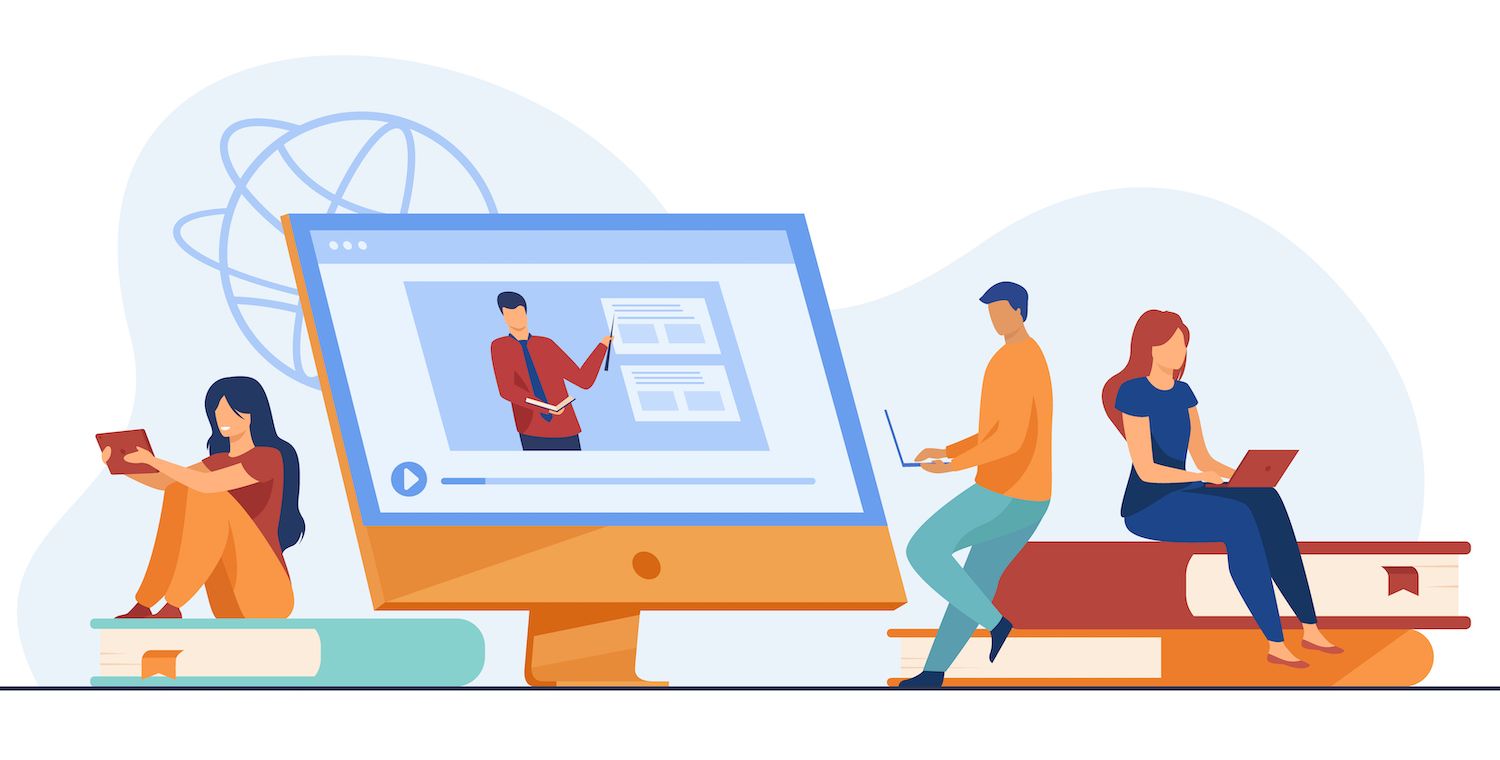
Begin with your most dominant channel, and then identify your first channel that you would like to connect with. If you decide to add additional channels, you should acquire the necessary marketing automation tools you need to help your Customer Relationship Management (CRM) software communicate with all your online and offline channels, such as a brick-and-mortar store.
Target your marketing messages
The ability to target your advertising at the segments who are the most likely to purchase your product is a crucial aspect of developing a good multichannel marketing strategy.
Prioritize marketing throughout the journey of the customer
The journey of a customer begins the moment a person first encounters your company and concludes with an ongoing relationship with your company. Here are the five phases of the life cycle of a customer and some popular methods for reaching consumers at each stage with multichannel marketing strategies.

1. Reach
Here, a shopper is searching for a particular product or a solution to a issue. This is an opportune time to let that shopper aware of your brand. The customer might be looking at comparisons of items, going through reviews or simply seeking out details on whether a particular suitable product would be a good fit to their needs.
2. Acquisition
The acquisition happens when a person is on your website, sign up to your newsletter, interacts through your chatbots, reach the company via telephone or email or goes to the bricks and mortar shop. They haven't made a purchase at this point, but they are looking your business out and gathering further details.
In the process of acquisition during the acquisition phase, you are able to collect customer information in order to start providing an omnichannel service to the various segments of your customer base.
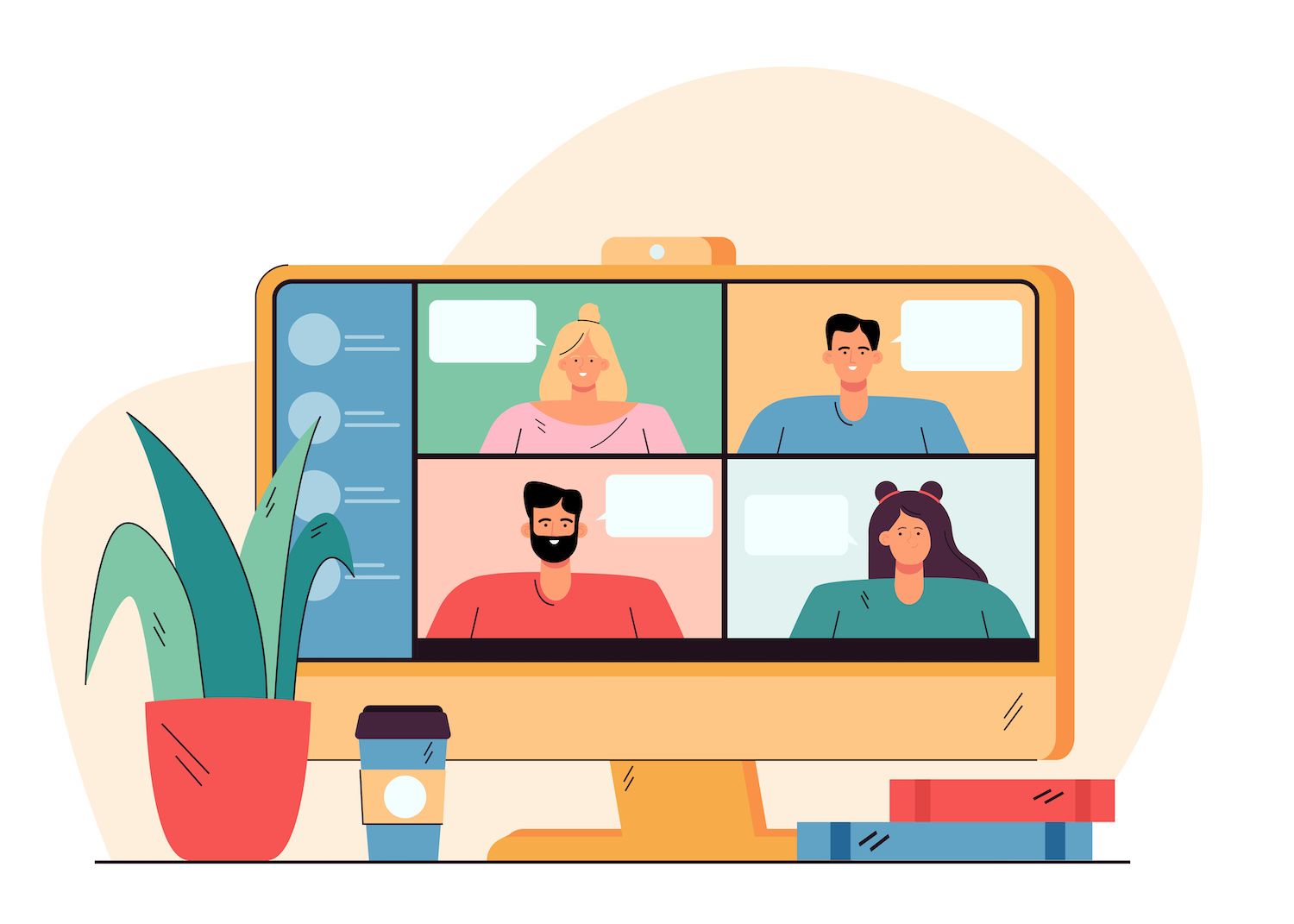
3. Conversion
If someone purchases something online, or make purchases in stores They've "converted" into a customers. An omnichannel customer experience will let them feel respected and known. This could include emails, push notifications, or additional opportunities in stores when you own a physical store.
4. Retention
Not only does retention deliver a better ROI, but cultivating regular customers helps build the brand's reputation and those who are loyal customers will be your biggest advocates through their reviews and telling their friends and family about your products.
As you move through the customer journey, you should use your growing customer data to improve your conversion process. It is possible to market your customers using follow-up emails that include other recommendations for products or discounts that are relevant to their previous purchases. You could also send them a request for a review or a feedback survey, provide loyalty programs, and offer excellent customer service.
5. Loyalty
The satisfaction of customers leads to loyalty. However, you shouldn't leave it to the side and then forget about it.

Find out which platforms for advertising will work best for your omnichannel strategy
If you're working with an affordable budget then you might want to choose carefully which marketing channels to concentrate on in the process of creating your multichannel marketing strategy. Start with low-cost marketing methods before moving on to more costly advertising platforms in the event that your budget expands.
The goal is to make numerous touchpoints through different channels to provide the same experience to customers.
Marketing methods that are low-cost comprise:
Organic search
Use the information you collect through Google Analytics and other marketing tools to improve your marketing omnichannel efforts.
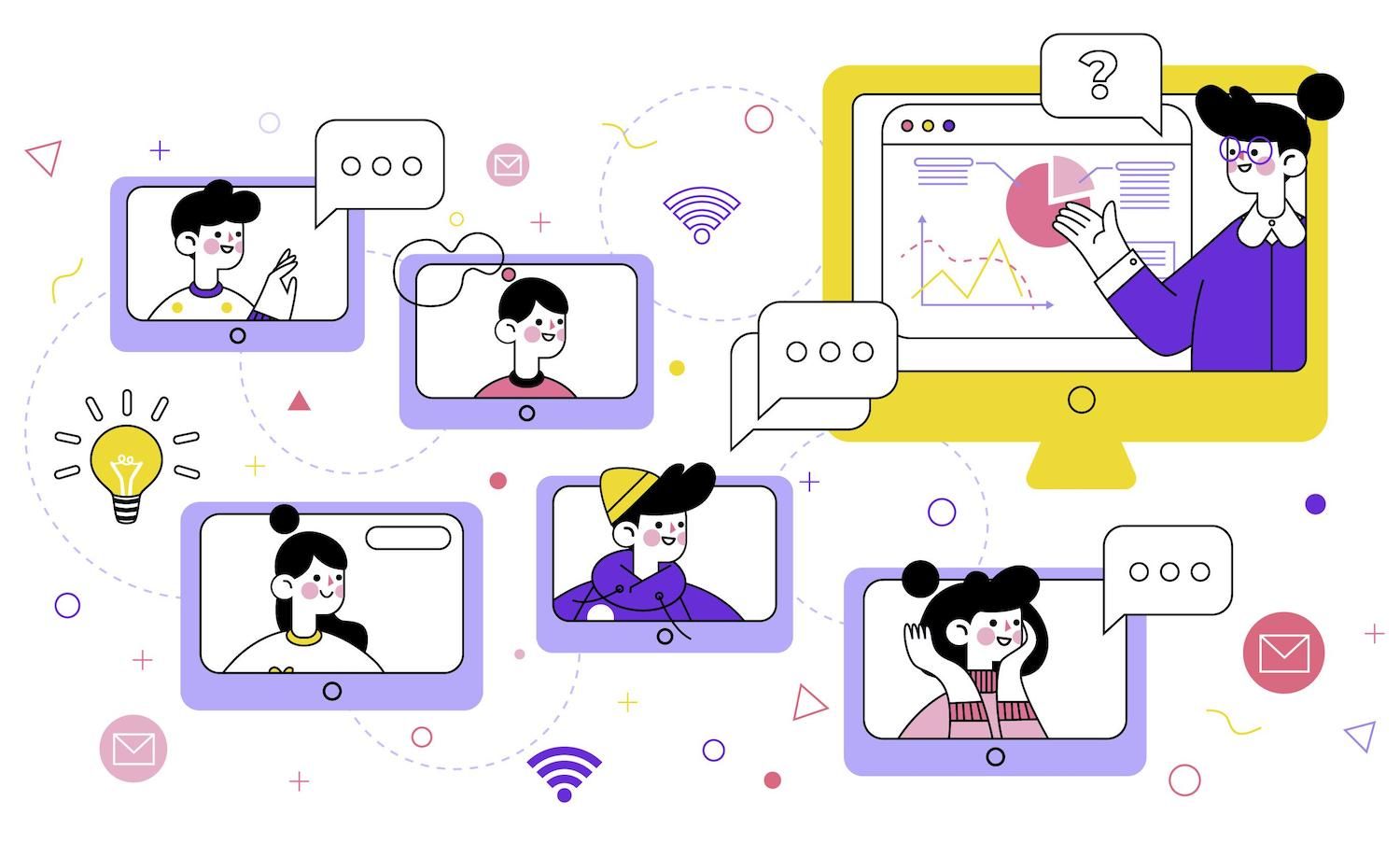
Google Shopping
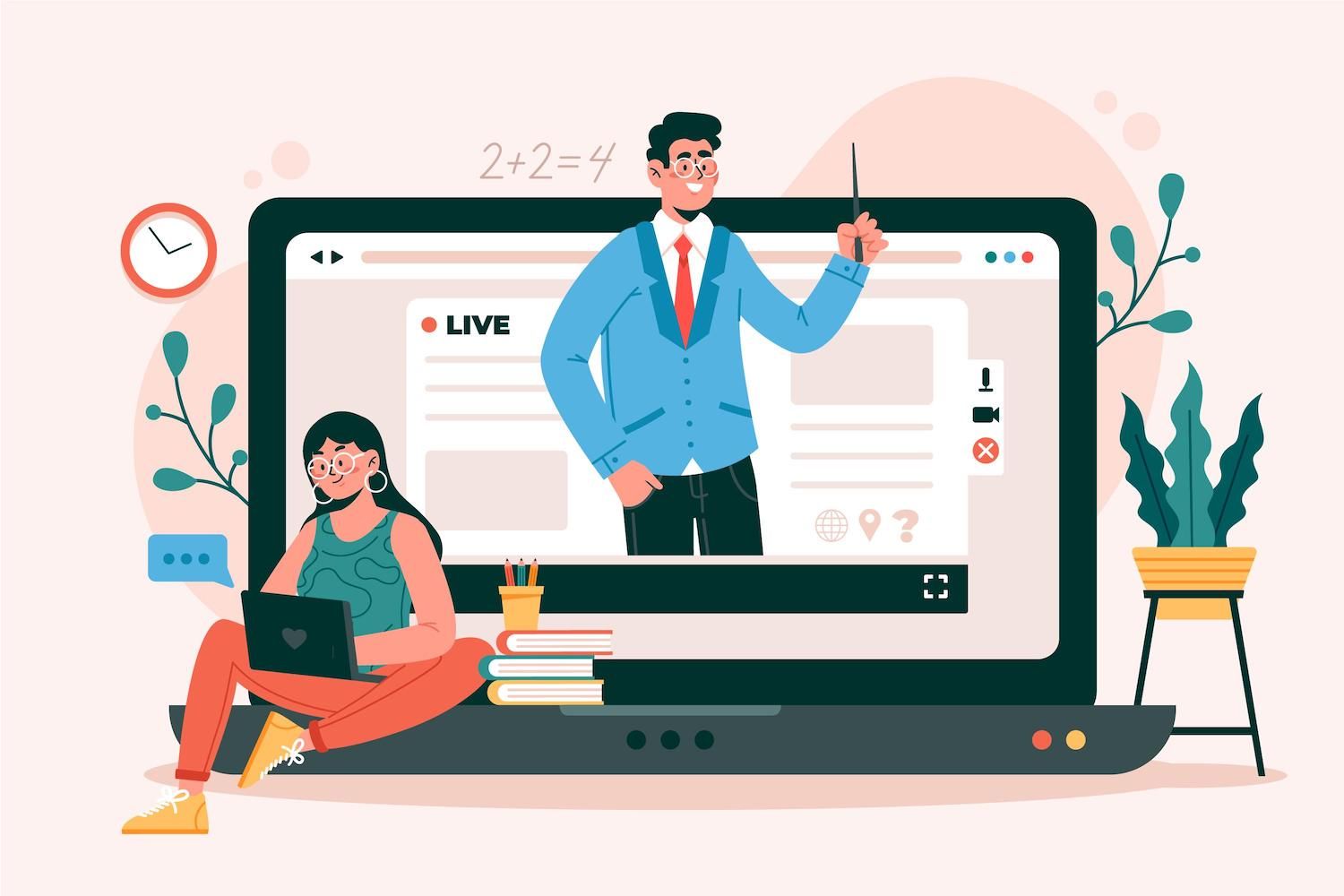
Email marketing
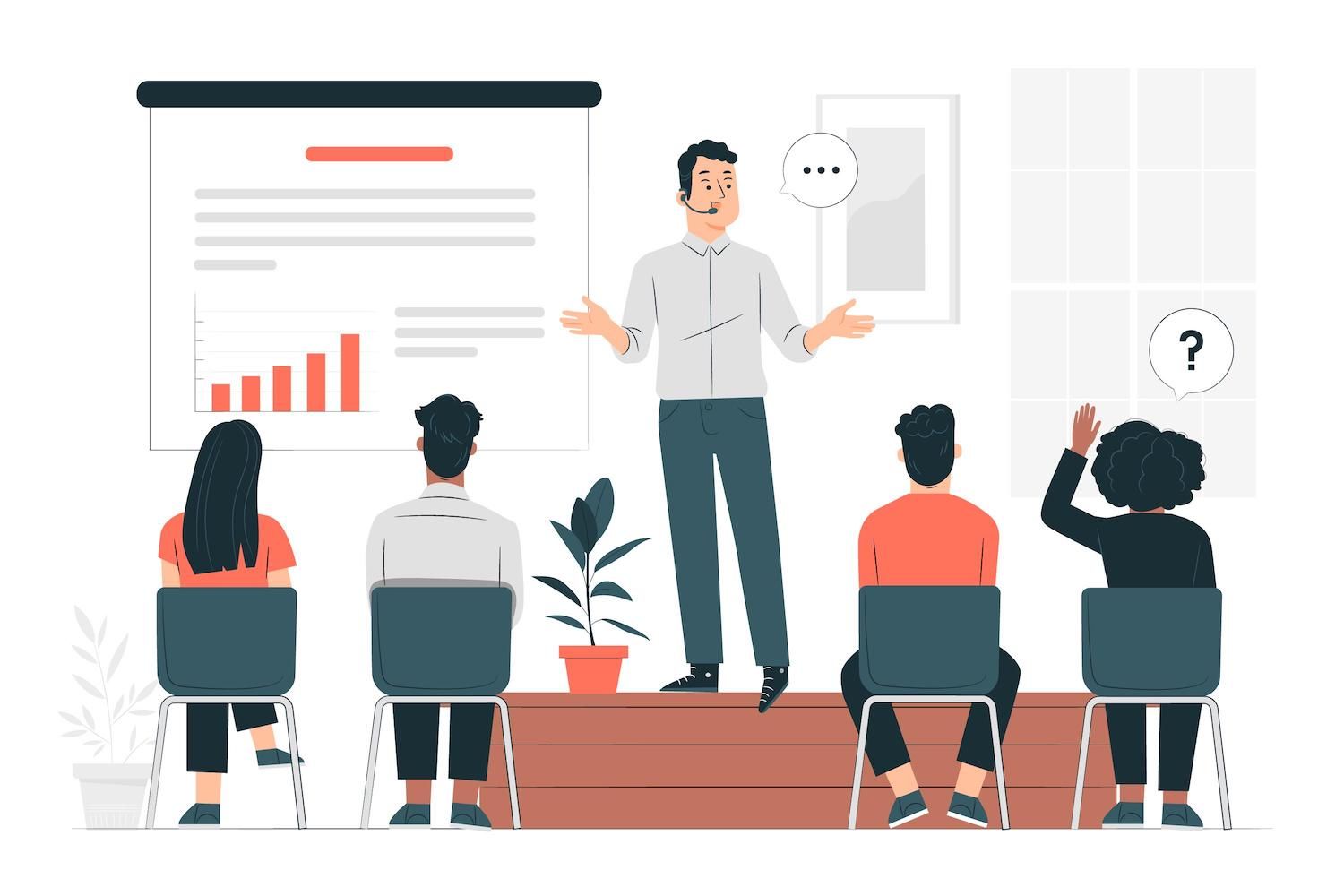
Utilizing services such as MailPoet which you can use to mail a welcome message to your new subscribers, offer recommendation for products based upon previous purchases, abandoned cart emails to customers who have left items in their carts announcements about sales, and many other multichannel marketing strategies.
Rewards program
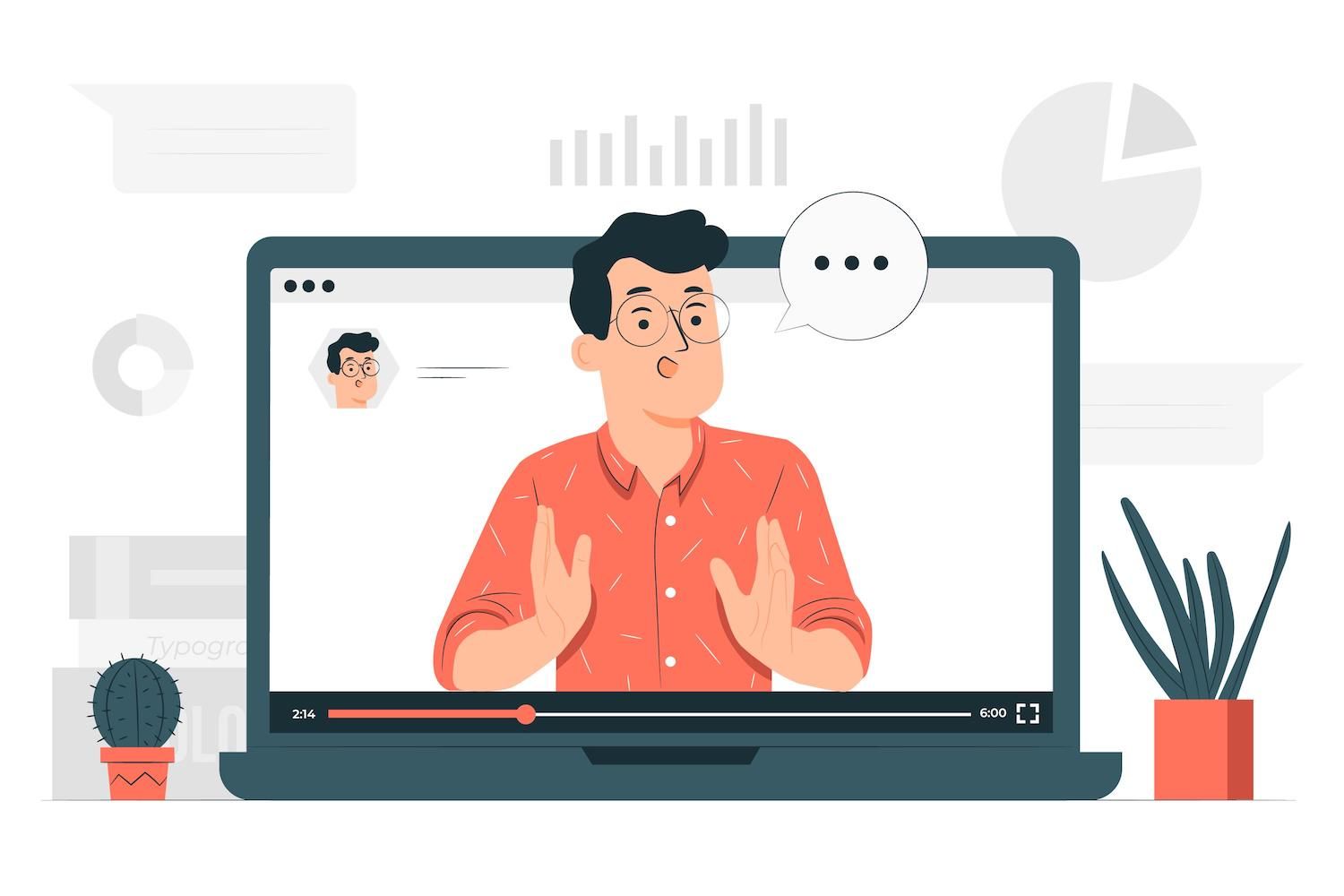
These customers can then receive an omnichannel marketing strategy that is specifically tailored to their needs and even on various devices and other channels. Imagine a rewards member seeing a display ad that tells their the number of points they've earned and suggests ways to use them. This is an example of an omnichannel experience.
Customer service
Every touchpoint with customers is an opportunity to market. Instead of viewing the customer experience as just a matter of addressing issues and concerns, think of it as the chance to develop an army of loyal customers.
By implementing an omnichannel strategy for marketing, your customer service team can view a customer's history of engagement and purchase in addition to previous interactions with your team. If you utilize all of this into consideration and offer an unmatched experience, regardless of what customer service channel they use whether it's text messages, chatbots or phone, email, or even inside bricks and mortar locations.

Using a Customer Relationship Management (CRM) tool like Jetpack CRM can help ensure that customer service is smooth and simple. Create your support portal, keep track of and handle tickets, and more, right within your store. There's no need to log into a third-party CRM site to manage your customers -- you can do it all from within your WordPress administrator space.
Organic social media
It can be difficult to attract attention from organic sources in social media when there are numerous voices competing, but there are a few good options for advertising that is free and very effective. You can:
- Start a Facebook Group for your business
- Post and interact regularly on all your social media platforms
- Make an AMA post on Reddit using the Ask Me Anything subreddit
Marketing methods that are more expensive include:
Paid search
If you want to show higher than natural search results, or get immediate traffic while you improve the SEO of your site, paid advertisements for search are the best method to take. Make sure that your landing page is mobile-friendly, loads quickly and is consistent with the message of your advertisement.
Remarketing tools and paid search can become an invaluable source of customer information that you can utilize in implementing your omnichannel marketing plan.
Paid Google Shopping

Ads to display
Social media advertisements
Advertising to users using social media platforms can be a fantastic method to attract new customers since they are able to immediately share your ads to their friends. It is possible to market by demographic data, perceived interest, preferences of customers and uploading the customer's email addresses for a lookalike group that has similar profiles to your existing customers. You can also implement an omnichannel strategy for marketing using social media after integrating these channels with your CRM.
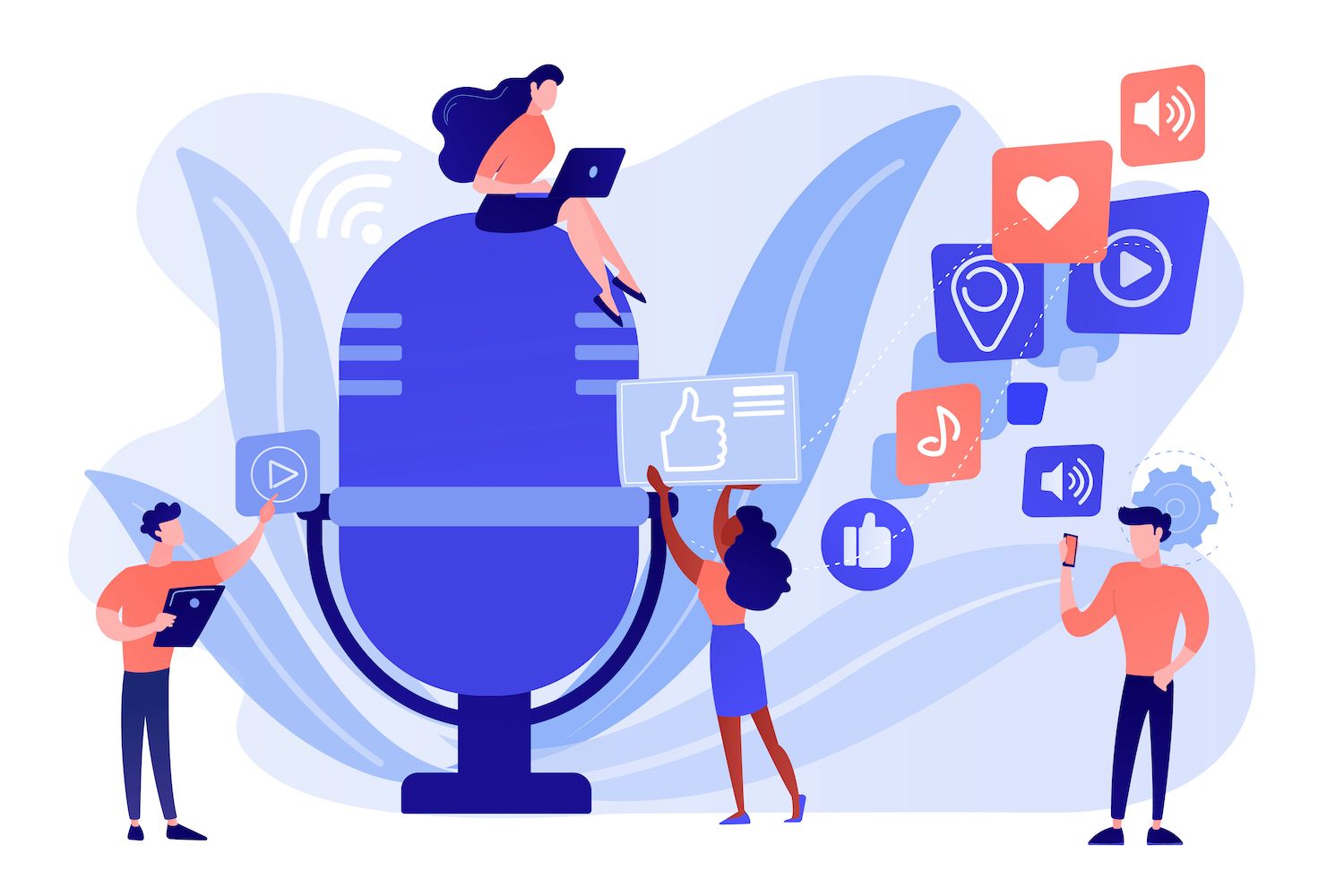
Facebook for connects your store's product catalog with Facebook and Instagram to ensure a unified customer experience. It is also possible to purchase advertisements from your account's dashboard.
Video advertisements
The advent of internet-based platforms such as YouTube and more affordable editing equipment and production tools, video marketing doesn't need to be out of budget for smaller businesses.
If you plan to incorporate videos as part of an multichannel marketing plan, be sure you create videos that can be used across multiple media. Repurpose clips for your social media marketing, blog as well as product pages in order for maximum benefit from these marketing tools.
While the most popular advertising platform for video is YouTube, other options include:
- Social video platforms like TikTok as well as Snapchat
- Live streaming of video services like Twitch and Vimeo
- Video streaming on-demand services such as Amazon Prime and Hulu
Print advertisements
Based on your audience as well as the products you offer printing ads could be a great way to complement your marketing initiatives online to blend both your offline and online marketing strategies. You could consider putting up an advertisement in a publication sending out a catalog printed and sending postcards to customers with exclusive deals, or using door-to-door advertising techniques such as door hangers as well as product samples.

Similar to the digital market, it is possible to track the impact on your offline and in-store efforts. In the same way, omnichannel marketing is dependent on having an ongoing flow of precise data about your customers, which is customized to each customer.
Here are the key marketing tools for offline marketing information collection as well as an experience that is omnichannel and in-store:
- QR codes with tracking links. You can create specific tracking links to those QR codes. Add these codes to the marketing material you print as well, so that when a client decides to use it in your store, you'll know precisely which piece of printed material influenced the customer to pay the trip.
- Special landing page links. As a QR alternative to QR codes, you could make custom landing pages using unique links and include the URL within your printed ads. Make sure that you keep these URLs short since the users must type them in.
Make ad copy and art that is suitable for use across multiple platforms
Omnichannel marketing is about being consistent and efficient. Not only does crafting your video, photos, and ad copy using multiple purposes with an eye to save money on creative assets It also allows for a the same, consistent and branded experience across different devices.

Make sure you film images and videos that are designed for multiple advertising platforms. Different platforms have different aspect ratios, so you'll have to shoot as well as edit photos and videos keeping this in mind. Common aspect ratios include:
- Horizontal 16:9
- Square 1:1
- Vertical: 4:5 and 2 3
- Full Portrait 9:16
Make your videos and photos at the highest resolution possible before exporting as lower resolution versions.
Analyze and leverage your customer data
Regularly reviewing the results of your multichannel marketing campaigns across all your channels is essential. If an advertisement has been failing, you might be able to tweak it prior to investing money into it. Reviewing your statistics can help you determine the ads that are effective as well and which aren't.
Google Analytics is probably the most extensive tool that tracks activities on your website. You can look at referral sources to see the websites your users are coming from, and get an idea of the effectiveness of display and search ad campaigns, and collect demographic data on your site customers.
When you integrate this information with your CRM system, other marketing channels could make use of it to provide the same experience to your customers.

Give your marketing team the tools to succeed
Through omnichannel marketing, you team will be able raise their game by tailoring efforts based on customer behaviors.
And if you employ sales staff and sales teams, they'll be better at engaging customers individually when they can see the information about the previous purchase and interactions, email messages, clicks, shares, reviews, and other customer details that result from the Omnichannel Experience.
Update your ad strategy based on your KPIs. (KPIs)
If you've reviewed the effectiveness of your omnichannel marketing campaign After reviewing the results of your omnichannel marketing campaigns, you are able to update your strategy. In the majority of companies, campaigns that have small CPAs and high ROIs must be given additional ad spend while campaigns with excessive CPAs as well as low ROIs must be discarded. But you may have other metrics of performance that are crucial for your business.
If you're running advertisements that aren't generating direct sales but that regularly are associated with higher organic traffic to search engines or leads this could mean that your ads are very successful in connecting with customers in early stages of the customer journey.

Test turning certain low-performing advertisements off and on for a period of time in order to test if they've an impact on other measures.
To improve customer retention and loyalty initiatives, if it appears that not many customers take benefits of rewards points or don't use specific coupons, you may want to look at tweaking your promotion or altering the amount of points needed to redeem. If one method within your omnichannel marketing campaign currently underperforming doesn't mean that it isn't able to be upgraded in order to produce more sales for your business.
Let your business expand
If you are strategic when selecting your marketing platforms and marketing automation tools, creating evergreen and reuseable creative assets continuously evaluating and revising your multichannel marketing plan in line with performance, you will be able to see revenue increase.
Like anything worthwhile, it'll take time to optimize. By starting out with just some channels for marketing then expanding the results of your prior efforts, you'll create effective long-term strategies for omnichannel marketing that work to build revenue to your business.
